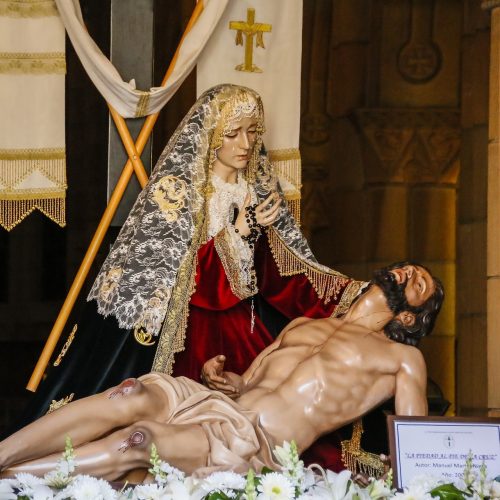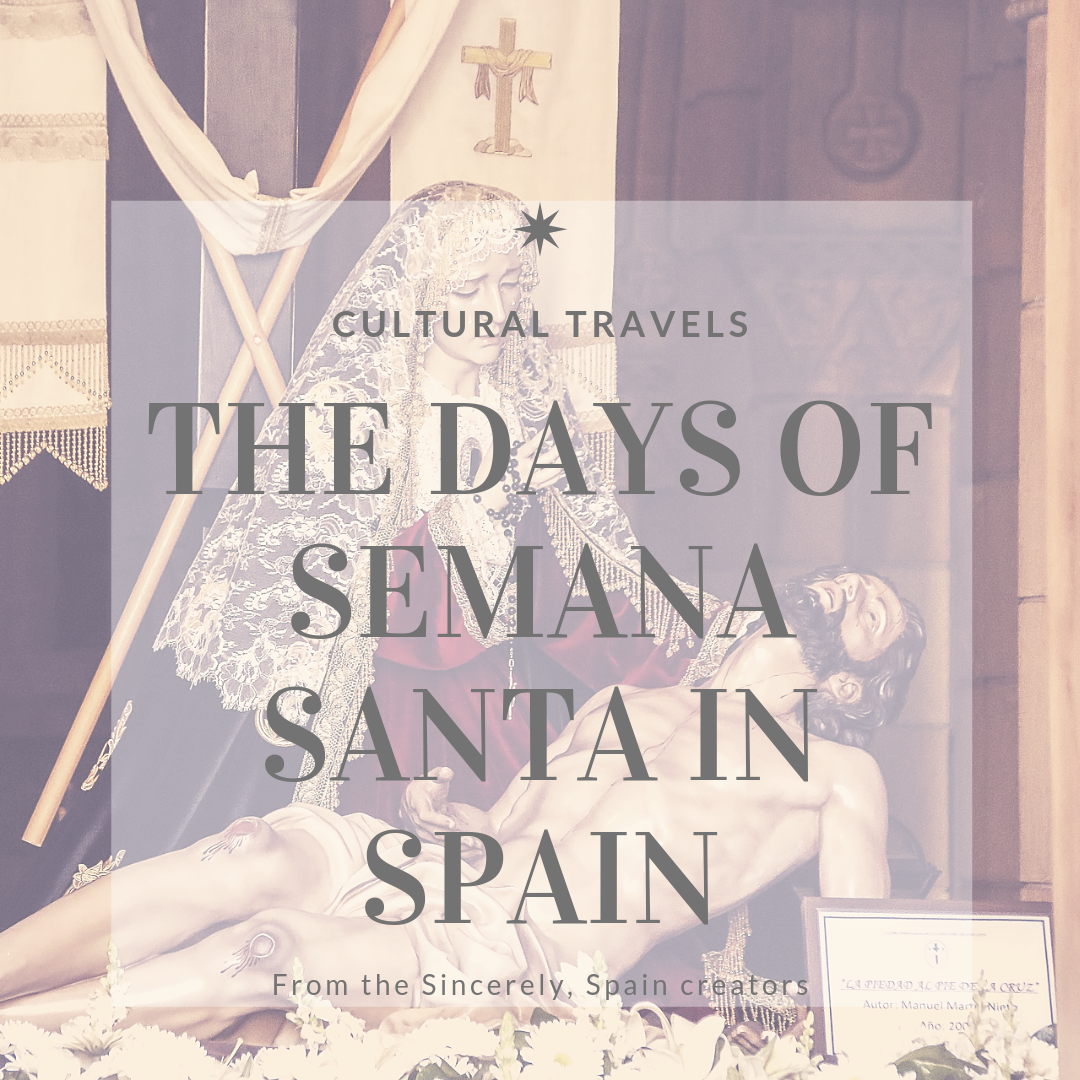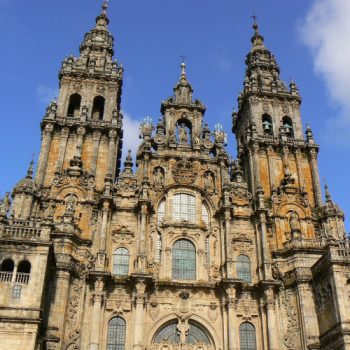
The Days of Semana Santa
Today marks the beginning of Semana Santa, one of the most important holidays in Spain. As we have mentioned, Spain is an overall Catholic country even though they don’t really really practice as intensely as other groups of Christians around the world. However, when Semana Santa comes, all bets are off and the cities, especially in Andalucía, tend to hold true to their traditions. While we have talked about this holiday many times before, today we would like to focus on the different days that are celebrated during this week.
To learn more about what Semana Santa means to the locals, check out this post where we share the insights of what this Holy Week means to someone local to Granada, a granadina.
Note: Please note that different branches of Christian faith may celebrate the important events in different moments.
Domingo de Ramos:
Known in English as Palm Sunday, Domingo de Ramos is the official kick-off of Semana Santa as it is when Jesus Christ enters into Jerusalem. While this isn’t going to be the busiest day, you will probably be able to find several processions that are going around the city.
Lunes Santo:
Holy Monday for the English speaking Christians, Lunes Santo is not actually a holiday day in Spain. However, that doesn’t stop different cofradias from taking to the street and mainly celebrating the union of Jesus Christ with Lazarus. In fact, on Lunes Santo you will probably find that there are even more processions than on Palm Sunday.
Martes Santo:
Again, Holy Tuesday is not a national holiday in Spain and many people will have to go to work. At the same time, many people who form part of the processions will take the day off to participate in their anticipation of the betrayal of Judas. As the week goes on, you can often see how the intensity of the traditions builds and you might begin to understand the story that the processions are trying to tell.
Miércoles Santo:
Holy Wednesday is, again, not an official holiday in Spain, but by mid-week you will be able to feel the energy that people have around the celebration of the death and resurrection of Jesus Christ. Miercóles Santo represents the day of betrayal of Judas and his trial for selling Jesus due to his personal greed.
Jueves Santo:
While Maundy Thursday is not a national holiday, it is a regional holiday in all of the Comunidades Autónomas except Catalonia and Valencia. That means that much of the community will be in the streets celebrating the traditions that we find with Semana Santa. This day mainly commemorates the foot-washing and the last supper of Jesus Christ with his apostles. Depending on where you are in Spain, you will find both more processions and many more people in the street.
Viernes Santo:
Known in the English-speaking world as Good Friday, Viernes Santo is a national holiday in Spain, so expect that most businesses will be closed, even if everyone isn’t celebrating the religious significance of the day. There will often be at least one procession that is carried out in silence for the mourning of the crucifixion and death of Jesus Christ.
Sábado Santo:
Also known as Sábado de Gloria, Holy Saturday is not as big as the other days in Semana Santa (probably because Good Friday and Easter Sunday are such important days but also because it is a day of mourning for the death of Jesus Christ). However, that doesn’t mean that you can’t find processions—although in many places there might not be any or they might not be as important.
Domingo de Resurrección:
Easter Sunday is also known as the Sunday of Resurrection. It is not only one of the most important and popular days during the week of Easter celebrations but also one of the happiest because what they celebrate is the resurrection of Jesus Christ. That being said, Easter Sunday is often a day to spend with the family in addition to going to see the processions that are going on around the city.
Lunes de Pascuas:
While Easter Monday is not a national holiday, it is a bank holiday in many regions around Spain and people take the day off to spend time with family and recover from the celebrations.
Pro-tip: our number one tip when checking out the activities going on during Semana Santa is to look up the processions (who, what, when, and where) to have a good idea on how to plan you holiday and travels during the week.





